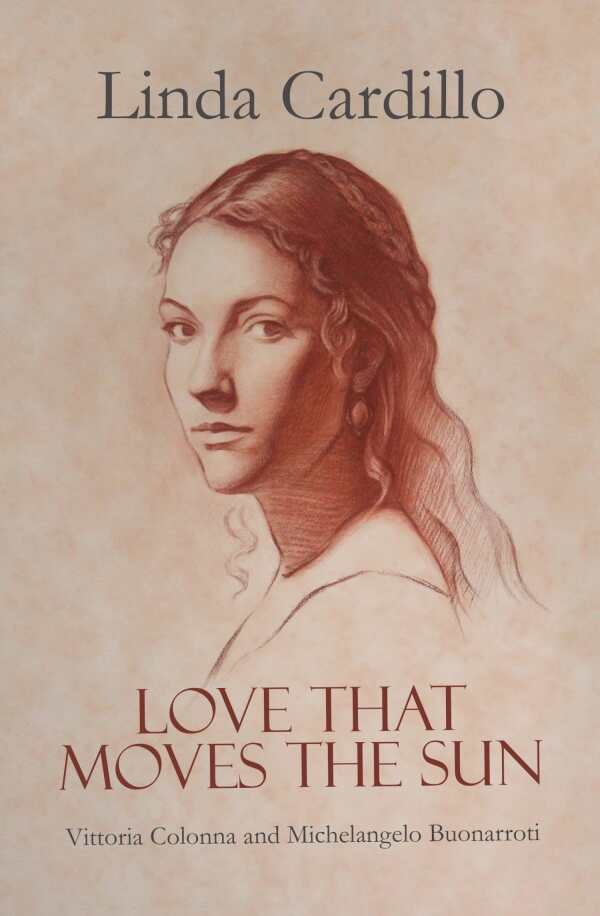
Love That Moves the Sun
Vittoria Colonna and Michelangelo Buonarroti
- 2018 INDIES Finalist
- Finalist, Historical (Adult Fiction)
For all its courtly manners and Renaissance intrigue, Love That Moves the Sun distills into a delicate portrayal of one woman’s search for depth.
Linda Cardillo’s Love That Moves the Sun centers on Vittoria Colonna and Michelangelo Buonarroti, and is an elegant portrayal of the friendship between the poet and the artist who stirred her from solitude. Intimate and perspective-driven, it explores faith, love, and the lines where public and private life converge. Vittoria reveals herself as a noblewoman of conscience whose outlook shines across decades.
A reflective narration cycles between time periods. Passages set during Vittoria’s upbringing show her promised in marriage to Ferrante Francesco d’Ávalos, a marquis and future general. Other passages are set during the years of their marriage, which included tragedy. The 1530s find Vittoria as a widow in her forties who has just returned to Rome after a lengthy seclusion; Michelangelo, in his sixties, is at work on a commission. Through careful back-and-forth movements, these different periods allow different sides of Vittoria’s character to unfold, suggesting how a series of losses fueled her faith.
Especially rewarding sections offer a nuanced version of Vittoria’s growth as Ferrante’s partner. Under the tutelage of Ferrante’s aunt, Costanza—a formidable head, wise counselor, and memorable character—Vittoria learns to navigate her role with grace while preserving her own individuality. Vittoria and Ferrante’s early scenes are written with tender clarity that brings their later estrangement into sharper relief.
Moments that depict Vittoria at work as a writer add color, though the historical Colonna’s verses play a lesser role in the novel. Their absence brings the fictional Vittoria closer to earth; rather than focusing on her specific words and literary renown, the book reimagines a sharp, adaptive mind that is, despite its brushes with grief, sensitive to those around her.
The unknowable parts of Vittoria’s inner state become fertile ground. Fittingly, only her sections are cast in the first person. Vittoria’s hunger to find fellowship with like minds gathers intensity as the timelines wind closer to her encounters with Michelangelo.
Chapters that feature Vittoria’s stay in Rome highlight faith, through Vittoria’s intervention on behalf of the Capuchin Order and a spiritual quest with the reputedly stubborn artist. Their platonic friendship, which in life included exchanges of letters, is made an intellectual, emotional island of respite amid Italy’s religious and political wars. Michelangelo comes across as a forthright man who unsettles Vittoria with his pointed remarks. He’s a source of strength, yet his character remains an enigma, such that their bond remains an almost abstract ideal.
For all its courtly manners and Renaissance intrigue, Love That Moves the Sun distills into a delicate portrayal of one woman’s search for depth in herself and her relationships. Vittoria’s passions, constrained as they were by her time, speak to a boundless spirit that is inspirational even now.
Reviewed by
Karen Rigby
Disclosure: This article is not an endorsement, but a review. The publisher of this book provided free copies of the book and paid a small fee to have their book reviewed by a professional reviewer. Foreword Reviews and Clarion Reviews make no guarantee that the publisher will receive a positive review. Foreword Magazine, Inc. is disclosing this in accordance with the Federal Trade Commission’s 16 CFR, Part 255.
